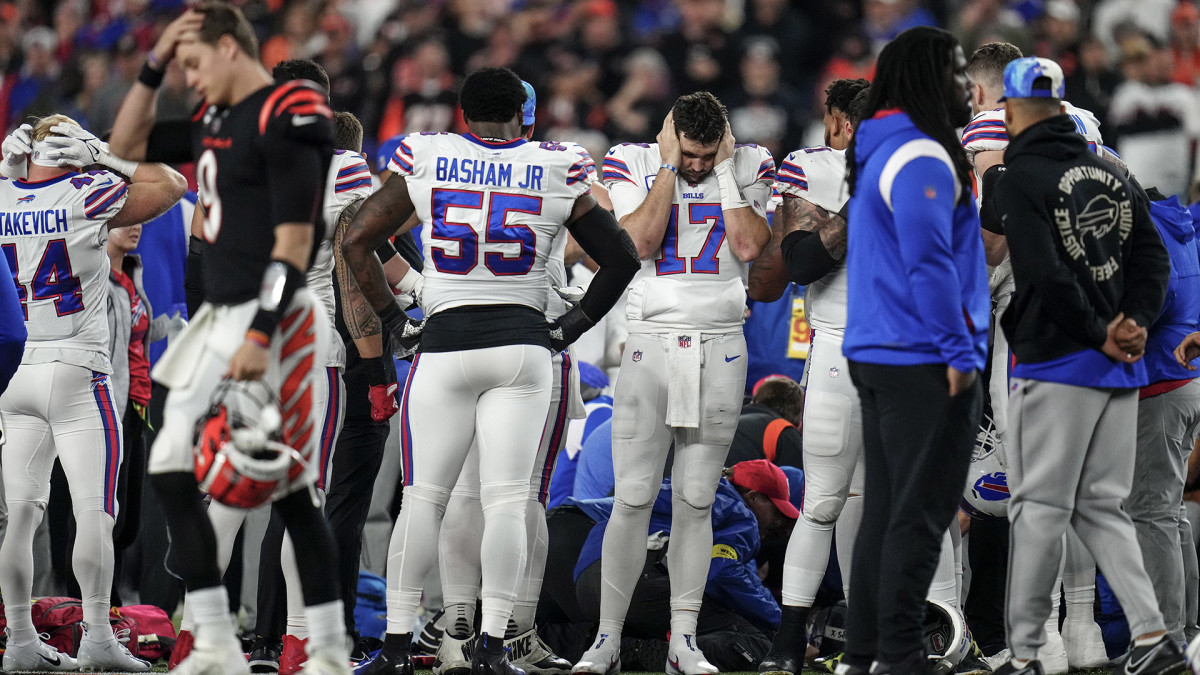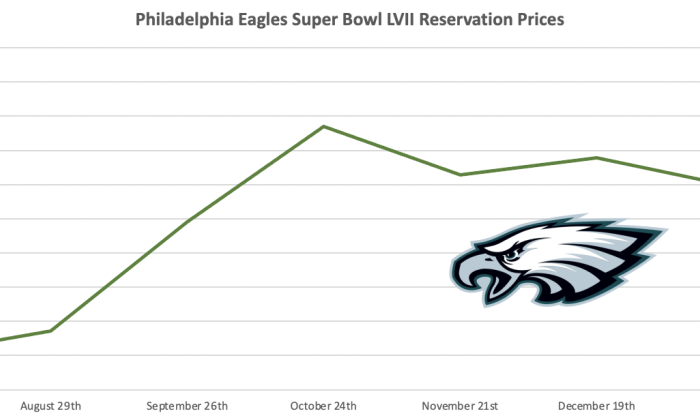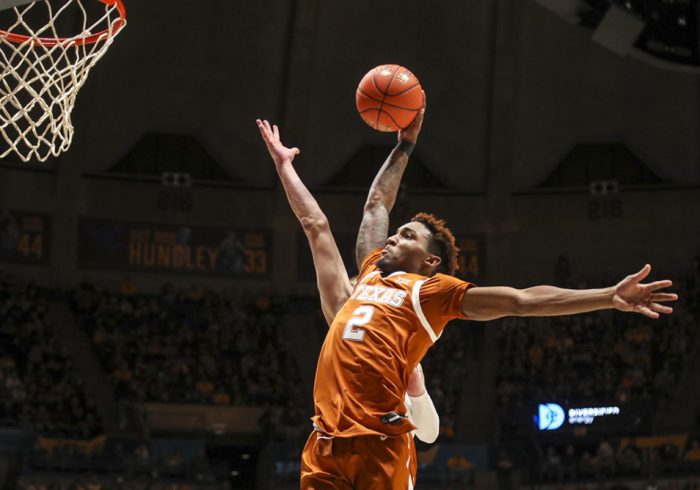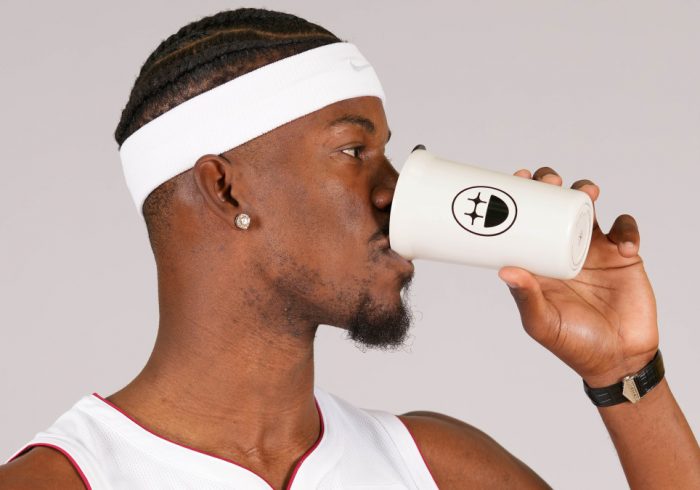Kevin Chapman had briefly stepped away from watching Monday night’s Bills-Bengals game at his house in the Louisville area when his phone began buzzing. The texts were alerting him to the news that Bills safety Damar Hamlin had gone into cardiac arrest on the field.
Rushing back to his television, Chapman, a licensed psychologist and the director of the Kentucky Center for Anxiety and Related Disorders, felt himself kick into clinical mode as he followed along with ESPN’s live coverage. “My mind immediately went to the players who witnessed it,” says Chapman, a former Division III running back himself. “I was like, ‘Shoot, this could be budding trauma. They’re gonna need to take care of their mental health.’”
Think of what happened to Hamlin as having an emotional blast radius, rippling out in concentric circles, washing over thousands of observers on the sidelines and in the stands at Cincinnati’s Paycor Stadium; millions more viewers at home; and countless others who later saw the replay of Hamlin collapsing after making a tackle. “Anytime we see something that is life-threatening, our normal human reaction is a visceral one,” Chapman says. But the potential impact is strong among Hamlin’s fellow players, a number of whom literally encircled the 24-year-old to shield everyone else from the sight of his receiving the CPR and defibrillation that restored his heartbeat before he was transported to University of Cincinnati Medical Center.
“Those are the people who are going to be at the highest risk of having really adverse effects,” says Janis Whitlock, a developmental psychologist and a senior advisor at The Jed Foundation, a nonprofit focused on emotional health among teens and young adults. “Partly because of their connection with [Hamlin] as a friend, a teammate, a colleague, but also because it could’ve been any one of them, and they know it. I would imagine that a lot of them are, on some level, whether it’s overt or not, processing those feelings.”
Spirits have undeniably lifted thanks to Hamlin’s remarkable recovery—most recently his breathing tube was removed, allowing him to FaceTime into a team meeting—and both the Bills (against the Patriots) and the Bengals (against the Ravens) are slated to host their respective regular-season finales this Sunday, as scheduled. But mental health experts caution that the possible effects can be longer lasting for people closest to the epicenter of the “blast,” such as family, friends and teammates, especially if a past traumatic experience has already imprinted itself in their psyche. (A 2021 article by physician Jim Lynch published in Current Sports Medicine Reports determined that elite athletes suffer from post-traumatic stress disorder—most commonly associated with military members but in fact capable of affecting people of all walks of life—at a noticeably higher rate than the general population, about 13% vs. 9%.)
“When I think of this event, PTSD is a concern,” says Chapman. “Players could have flashbacks, nightmares, intrusive recollections, things that perpetuate the idea that they might be in danger, when in fact they’re not.”
Adds David R. McDuff, a clinical professor of psychiatry at the University of Maryland School of Medicine and the Baltimore Orioles’ team psychiatrist for the past 26 seasons, “Sometimes it can just be that the emotional reaction is the same. Let’s say an NFL player had a parent die of a heart attack. It could trigger an automatic reconnection with that past event, activating the intensity of it.”
Here McDuff, who has held similar sport psychiatry roles for the Ravens (from 1996 to 2013) and Colts (’15– to ’18), speaks from specific professional experience. In February ’03, Orioles pitcher Steve Bechler collapsed on the field during spring training and later died of heatstroke due to multi-organ failure caused by use of the stimulant ephedra (which was later federally banned as a result). Flying down to the team’s Fort Lauderdale hotel, McDuff spent the next four days welcoming a stream of players, coaches and other staffers into his room, sometimes past midnight, and helping them process what they had seen.
“There was a lot of sleeplessness among players who were close to him,” McDuff recalls. “[But] it rippled out to the entire team. It just heightened, or increased the likelihood, that someone would have a distress response to a traumatic event, which highlights how fragile life can be sometimes.”
Over the next two seasons, McDuff says, he witnessed a significant uptick in the number of players and staffers who sought out his services, from about 35% to upward of 55%, the highest he has ever seen in nearly three decades of professional sports experience. “To me it was pretty strong evidence that, if you have accessible support services, mental health and wellness services, they will get utilized,” McDuff says.
There is no doubt that mental health resources abound for affected players, from the decade-old NFL Life Line—a free and confidential crisis hotline in part overseen by The Jed Foundation—to the team-wide check-in calls that NFLPA leaders held with the Bills and Bengals this week. But experts emphasize that prolonged, proactive screening for symptoms is as critical as anything moving forward. “In situations like [Bechler’s and Hamlin’s], you have the ordinary levels of service-seeking,” McDuff says. “But in addition, you open your eyes and ears.”
Adds Whitlock (who herself is not directly involved with the NFL Life Line), “All those teams have psychologists that I’m sure are in connection with every one of those team members, and that connection should stay strong for the next two weeks to a month or so, until a psychologist is comfortable with where each player has arrived. They’ll be looking for all the typical signs of mental distress: impaired concentration, mood swings, maybe abrupt outbursts. They’ll be looking for physical impediments, for anything that interferes with normal functioning.”
No two people follow identical paths when dealing with trauma, just as no two people are affected in the exact same ways. Medication, therapy—the treatments “vary depending on what exactly is being triggered,” Whitlock says. “There’s multiple modalities that a therapist will use, and I’m sure one of the first things they do, if you flag somebody who’s struggling, is get a handle on where the symptoms are, then make a plan for how you’re going to approach it.”
For now, amid the immediate aftershock of an event such as what happened to Hamlin, what matters most is holding space for those who might be feeling a certain way about it, and letting them know that it is O.K. to talk about what they are enduring, that they aren’t alone in that fight.
“It’ll be really, really important for everybody who’s watching out for those affected to keep a close eye on them,” Whitlock says. “Highly athletic men are often trained to be stoic emotionally. In this case, I’d really be encouraging them to allow support, to lean on the people around them that really have their back.”



